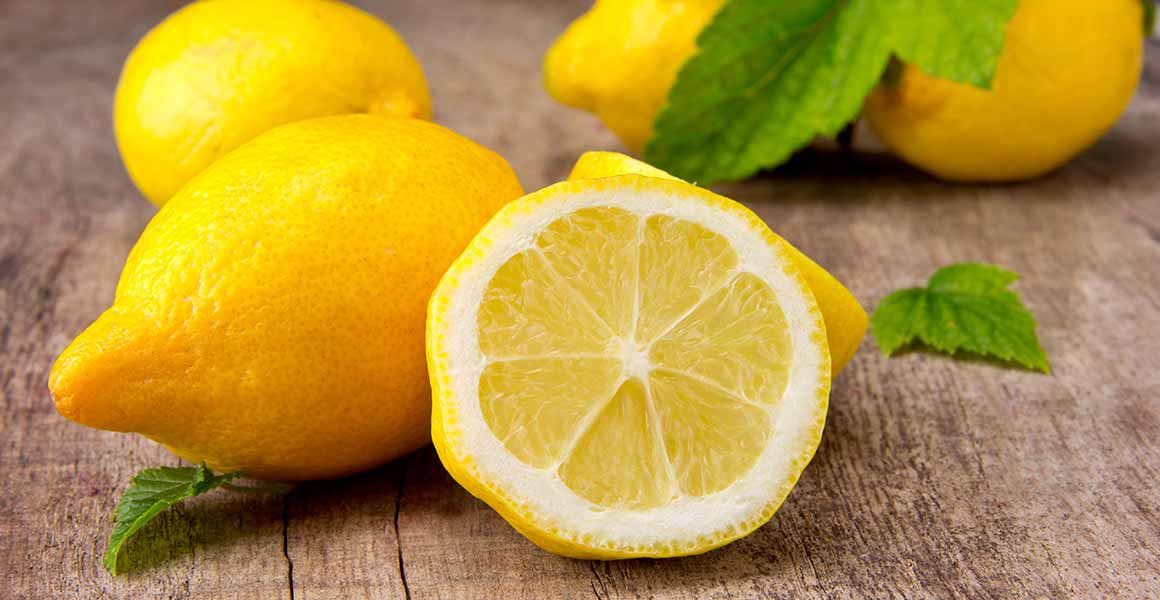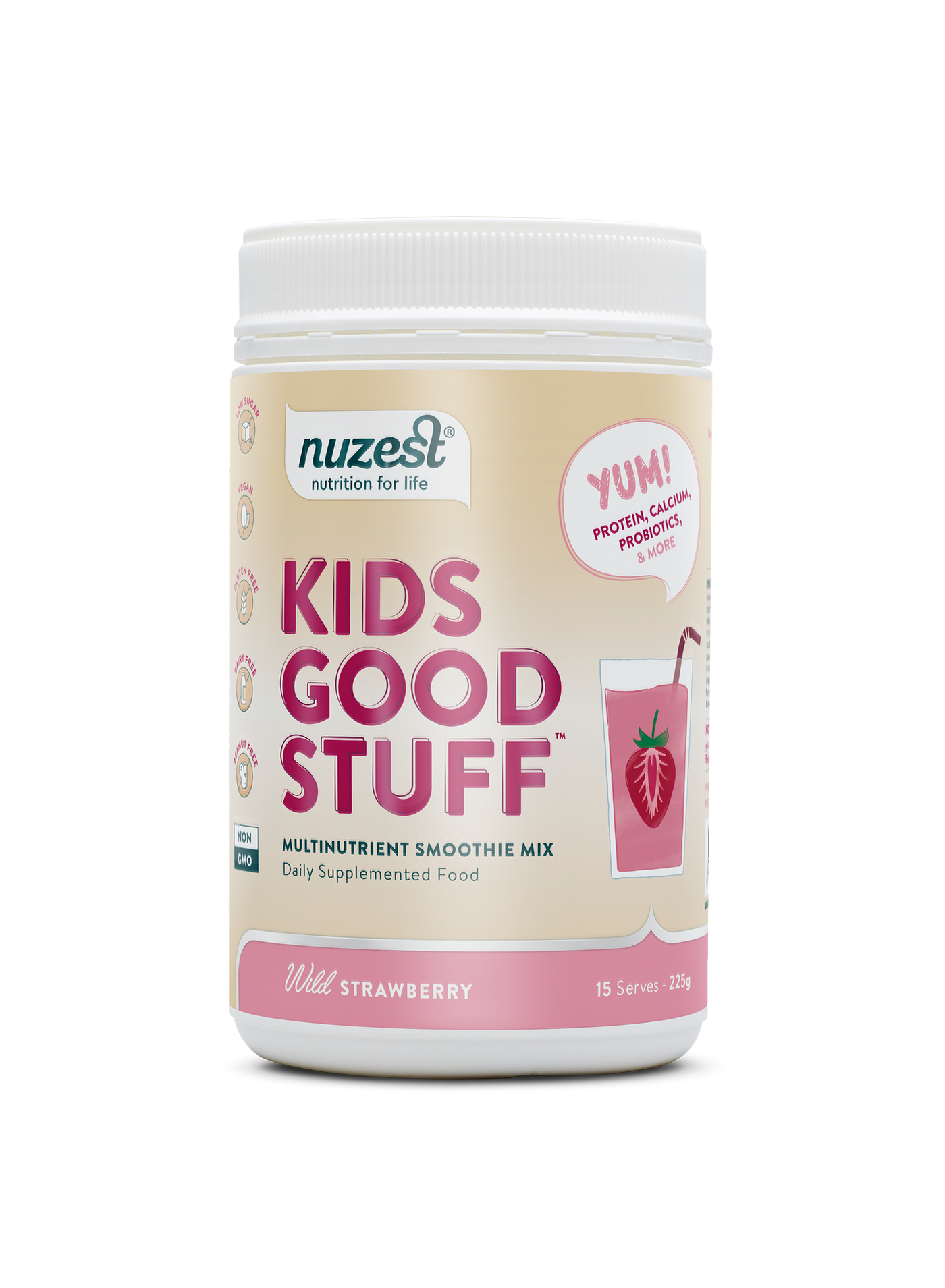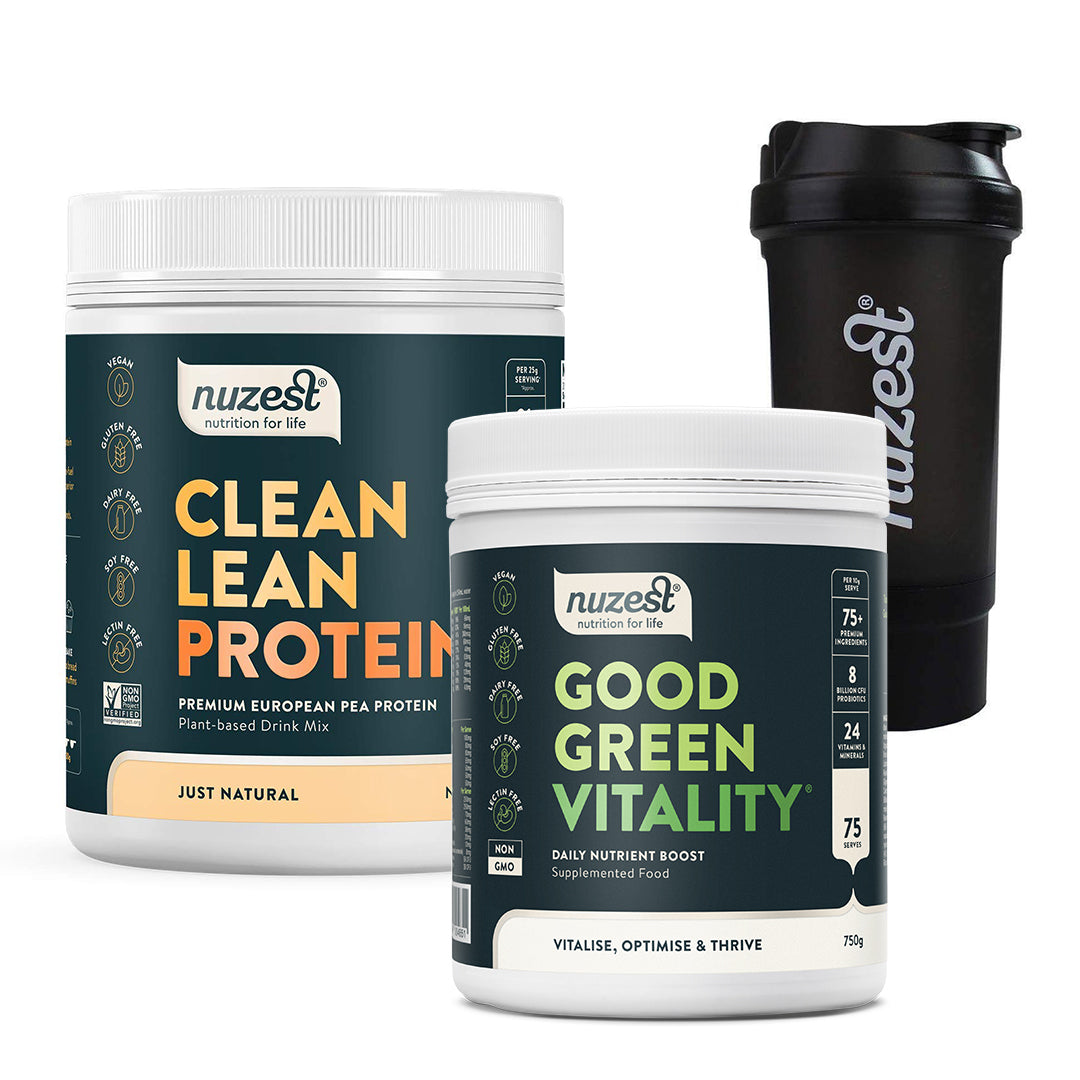Acid-Alkaline Balance and Diet

Your body needs to remain ever so slightly alkaline (the opposite to acidic) to survive. One of the simplest ways to stay in perfect pH balance is through diet and alkaline-forming foods. Naturopath Cliff Harvey explains the importance of acid/alkaline balance in your diet.
Whatever we eat is digested and broken down into much smaller compounds: proteins into their constituent amino acids, long chain carbs into simple sugars such as fructose, glucose and galactose and fats into glycerides and fatty acids. There are also many non-caloric (not energy providing) components of the food we digest and these also exhibit effects on the body.An area that has garnered some interest recently, especially in complementary medicine and holistic nutrition fields is that of the acid-base (or acid-alkaline) balance of the foods that we eat.
The various compounds that result from digestion and end up circulating through our bodies for eventual utilisation and/or excretion will be either acidic or alkaline. If we eat a lot of foods that are (net) acid forming in the body and few that are alkaline we will create a level of what has been called ‘low grade metabolic acidosis’.It is not technically correct to say that the blood ‘will become overly acidic’ as many claim, because blood pH, and cellular pH is one of the most tightly controlled mechanisms in the body, however there are significant general health effects from having a diet that is too acidic and many of these stem from our need to ‘buffer’ blood and cells that are potentially too acidic (bring them back to normal range.)
Some of the ways the body seeks to maintain normal pH:
- Breaking down bone tissue to supply calcium (a highly basic compound), potentially weakening bones.
- Breaking down muscle to free up glutamine a highly basic amino acid and the most abundant amino in muscle tissue. This may result in lower levels of muscle mass, impaired recovery and reduce glutamine stores that may also play a role in immunity and gut health.
When blood pH is elevated, even fractionally, there may be additional effects of greater inflammation and increased insulin resistance, both of which are co-factors in the development of heart disease, diabetes, cancer and other metabolic disorders.
Food can be analysed for its net effect on the body’s acid-alkaline balance using a measure known as Potential Renal Acid Load or in short it’s PRAL score.
| Food Item | PRAL value* | |
| Cheeses (more than 15g protein/100g serving) | 23.6 | |
| Meat and meat products | 9.5 | |
| Cheeses (less than 15g protein/100g serving) | 8 | |
| Fish | 7.9 | |
| White Flour | 7 | |
| Pasta | 6.7 | |
| White Bread | 3.5 | |
| Milk and other (non-cheese) dairy products | 1 | |
| Fats and Oils | 0 | |
| Vegetables | -2.8 | |
| Fresh fruit and juices | -3.1 | |
| Potatoes | -4 |
*PRAL values provided in mEq per 100g edible portion
Good Green Stuff is a highly alkaline supplement that can help the body to redress its acid-alkaline imbalance.
Golden pea protein isolate is the world's ONLY alkaline protein. Clean Lean Protein - the alkaline advantage, has a pH reading of 7.8!





